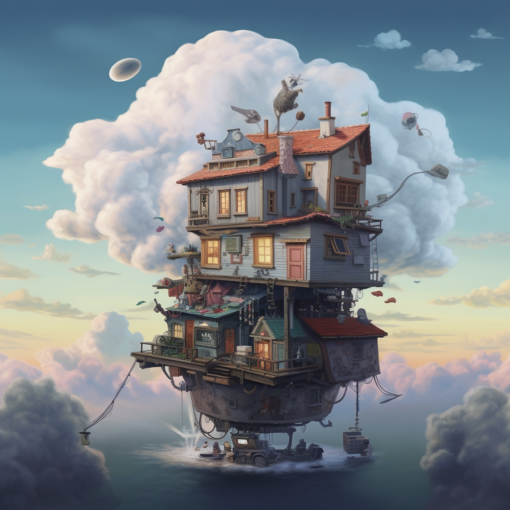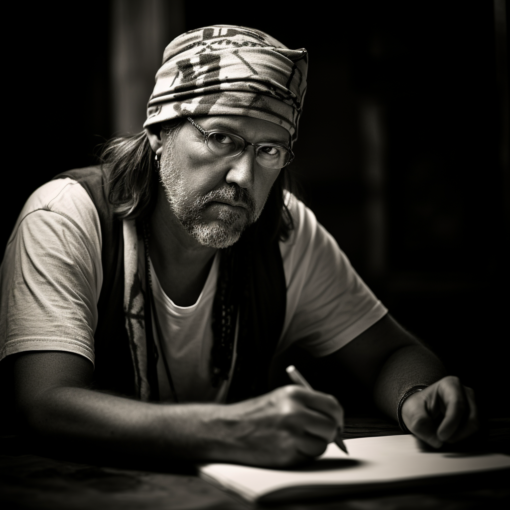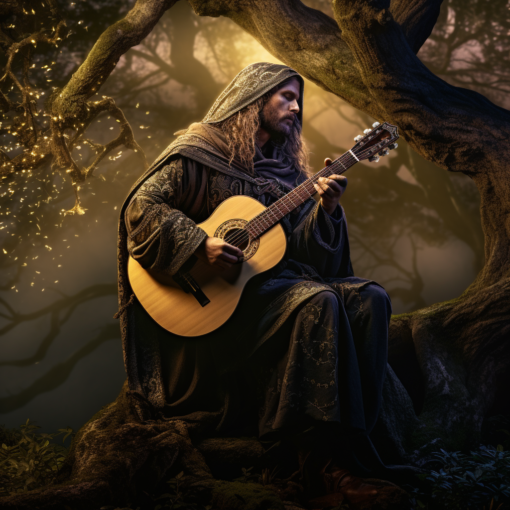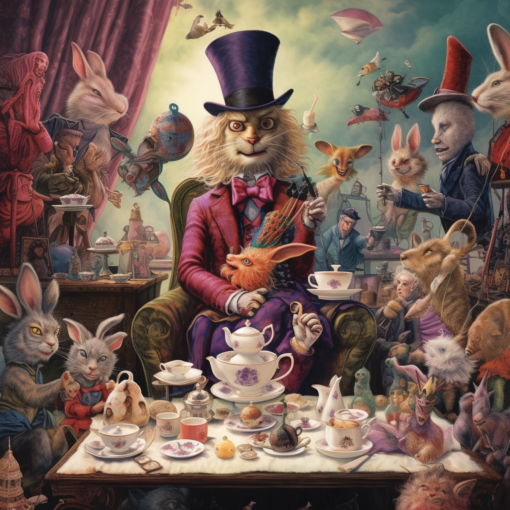When we gaze into the pantheon of literature, it becomes evident that the gods of myth never truly die. Their stories echo across the ages, dressed in new garments, yet bearing familiar faces. Their triumphs, follies, and profound archetypes continue to resurface in modern narratives, giving us a broader lens to understand our own lives and the world around us.
In this blog post, I want to explore the lure of legends and the enduring power of myth in contemporary literature. From Tolkien’s Middle-earth to J.K. Rowling’s wizarding world, authors have consistently turned to ancient mythologies to fuel their imaginative landscapes.
Mythology serves as an inexhaustible wellspring of inspiration for authors. These narratives provide a shared cultural framework that resonates with readers, even as the stories evolve and morph to reflect contemporary concerns. To write new stories with ancient souls, many authors have turned to myth as their guide.
Take, for instance, Rick Riordan’s wildly popular “Percy Jackson & the Olympians” series. Drawing heavily from Greek mythology, Riordan introduces a new generation of readers to the exploits of Zeus, Poseidon, and Hades, albeit in a modern setting teeming with smartphones, sneakers, and a very different kind of ‘Olympus’. The series has not only entertained millions but also sparked a newfound interest in Greek myths among young readers.
Similarly, Madeline Miller’s “Circe” reimagines the life of the minor Homeric witch as a sprawling, immersive tale of power and transformation. By casting Circe as the protagonist, Miller grants depth and complexity to a character who, in the original Odyssey, had merely a fleeting, if memorable, role.
Even in realms of science fiction and fantasy, myth continues to wield its power. Star Wars, for instance, mirrors the hero’s journey outlined in Joseph Campbell’s “The Hero with a Thousand Faces”, a pattern that Campbell identified in many mythological narratives. George Lucas himself has acknowledged the influence of Campbell’s work on the Star Wars saga.
It is evident that myths and legends are not just tales from a distant past. They are living, breathing narratives that evolve with each retelling, resonating with contemporary audiences in deeply meaningful ways. They remind us of our shared humanity, of timeless struggles, and the eternal hope that drives us.
As lovers of literature, we find ourselves, time and again, drawn to these ancient narratives, reimagined and retold for a modern era. In the echoing halls of myth, we see our own faces reflected back at us, and perhaps, that is the most potent magic of all.
Percival

Further Reading:
- “The Influence of Ancient Greek Mythology on Modern Society”: This article provides an analysis of the impact of Greek mythology on modern society and its cultural productions, including literature.
- “A Guide to the Modern Literary References in Madeline Miller’s ‘Circe'”: This guide examines the literary references that appear in Madeline Miller’s modern retelling of the story of Circe.
- “The Mythology Behind Star Wars”: This official Star Wars site explores the mythology and archetypal storytelling that influenced the creation of the Star Wars universe.





9 thoughts on “The Lure of Legends: Tracing the Power of Myth in Modern Literature”
Thank you for your sharing. I am worried that I lack creative ideas. It is your article that makes me full of hope. Thank you. But, I have a question, can you help me?
Your article helped me a lot, is there any more related content? Thanks!
Can you be more specific about the content of your article? After reading it, I still have some doubts. Hope you can help me.
Thanks for sharing. I read many of your blog posts, cool, your blog is very good.
Thanks for sharing. I read many of your blog posts, cool, your blog is very good.
Your point of view caught my eye and was very interesting. Thanks. I have a question for you.
Can you be more specific about the content of your article? After reading it, I still have some doubts. Hope you can help me.
Hey lads, I looked at spinwinapk and its quite good. I had some fun. Check it: spinwinapk
Fun88 access? Always a pain finding the right link. This linkvaofun88 site seems legit. Fingers crossed it works! Let’s see what’s up: linkvaofun88